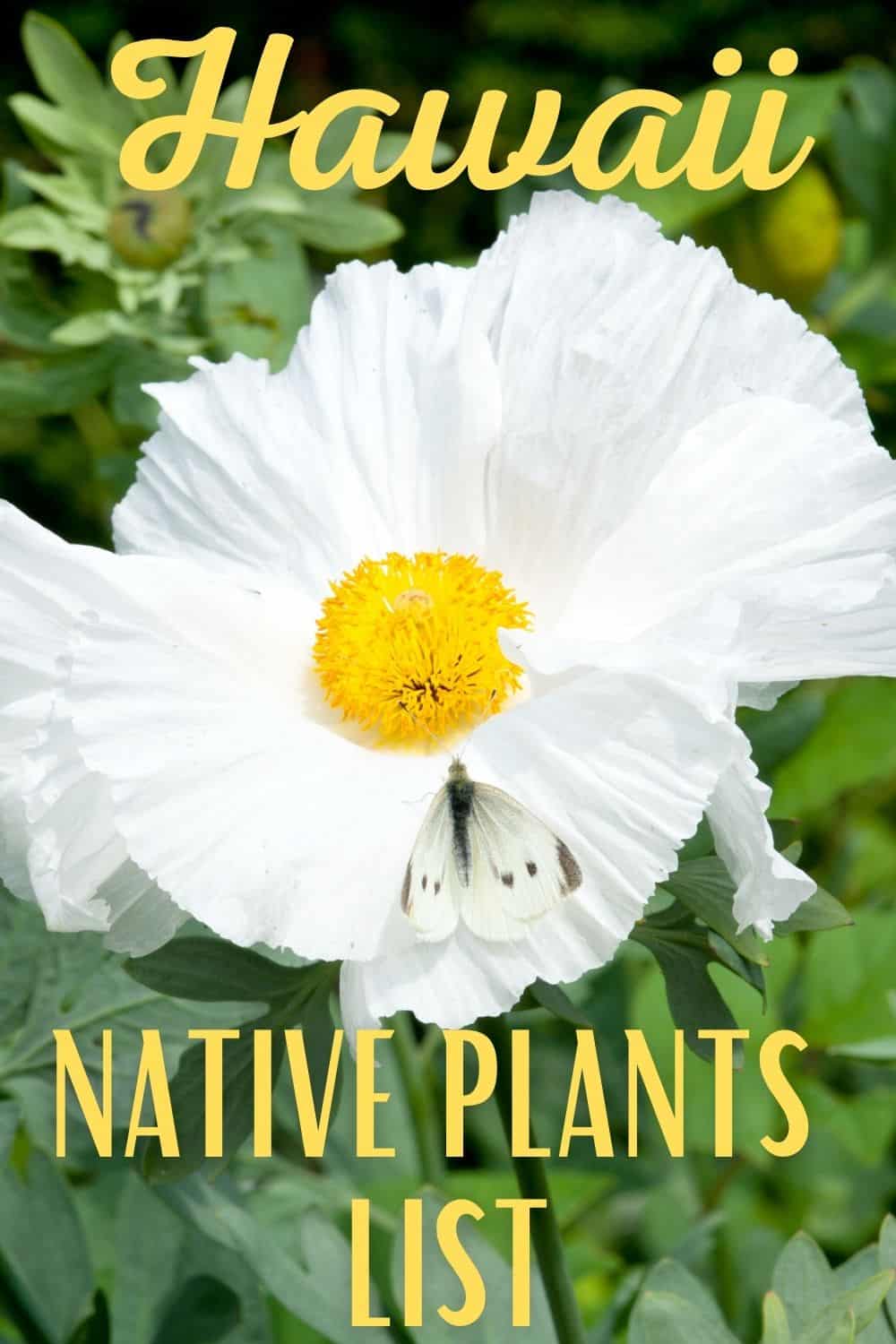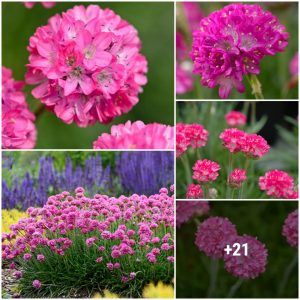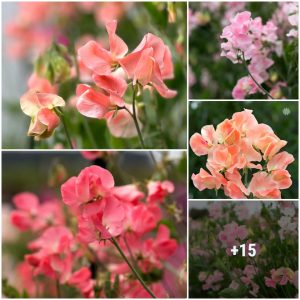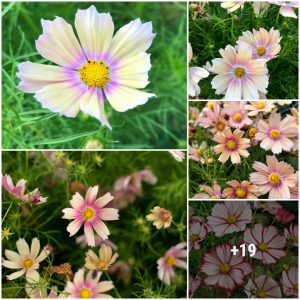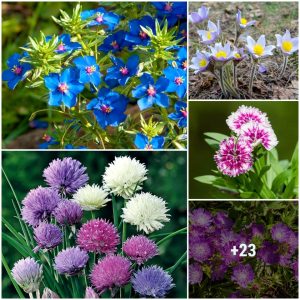Hawaii is known for its beautiful beaches of white sands, exotic wildlife, amazing weather, and also its stunning native plants. It’s one of the most popular tourist locations in the United States and it’s also the only U.S. State that is not actually part of North America. There are many things to love about Hawaii and the weather and the plant life are just the beginning.
Our Hawaii native plants list will help you learn more about the plant life found on the islands and how to choose the best native plants for your garden or landscaping needs. Let’s take a look at how the unique climate range of Hawaii leads to the diverse plant life found on these beautiful tropical islands.
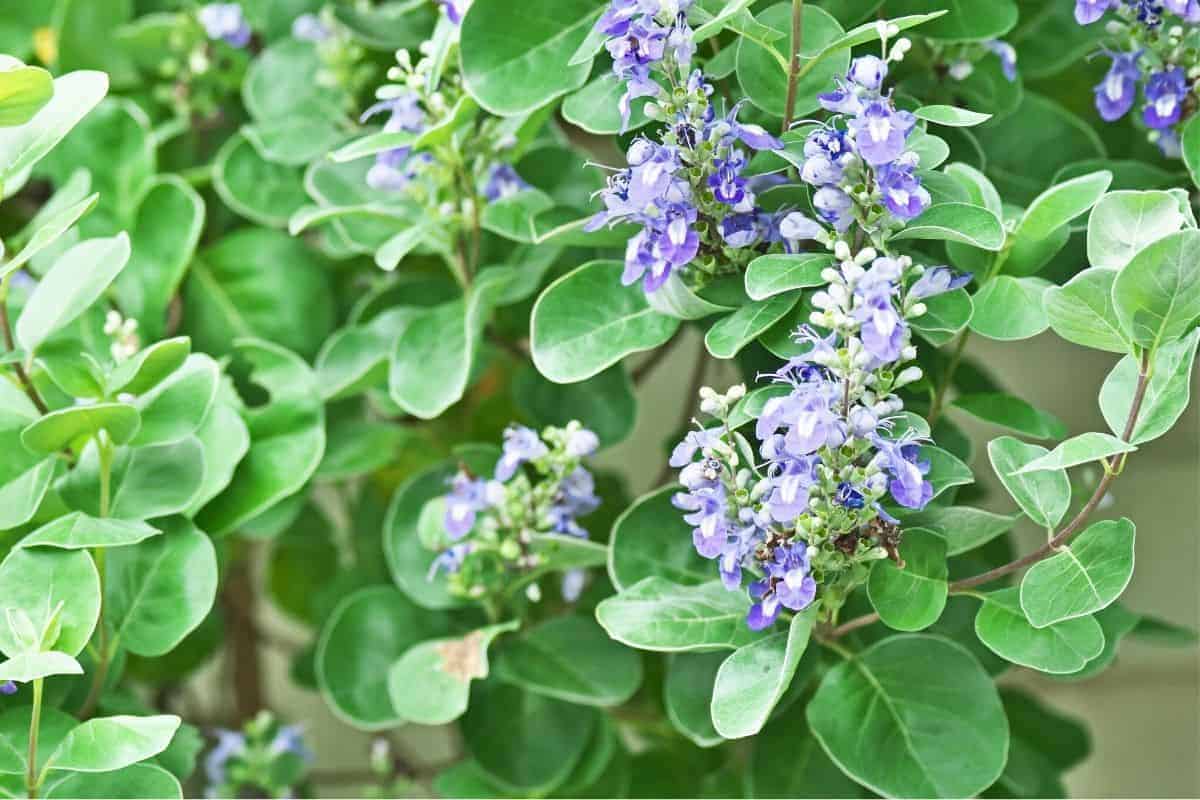
Unique Climate of Hawaii
Hawaii has a unique climate that hosts the many beautiful plants and flowers you will find on this list. It has ten of the world’s fourteen climate zones and you can visit them all on Hawaii Island. The other islands have different climate zones spread throughout them.
It is the only place on earth with so many concentrated climate zones in one area, and this lends itself to a really interesting array of plant life and wildlife that occur here. And remember, when you use native plants in your garden and landscaping, it benefits the local ecosystem.
So, which climates can you find here on Hawaii Island? According to a 1978 report by a trio of University of Hawaii geology professors, these are the climates/zones you can find.
A. Humid tropical climates
- Tropical Continuously Wet (Af)
- Tropical Winter-Dry (Aw)
- Tropical Summer-Dry (As)
- Tropical Monsoon (Am)
B. Arid and semi-arid climates
- Hot Semi-Desert (BSh)
- Hot Desert (BWh)
C. Temperate climates
- Continuously Wet Warm Temperate (Cfb)
- Summer-Dry Warm Temperate (Csb)
- Summer-Dry Cool Temperate (Csc)
E. Ice climates
- Periglacial Climate (ET)
You can find tropical climates with various humidity and a hot season from June to October on the main island. There’s a cool season from December to March. And mid-January to mid-April is actually the coldest time on the island. In November through February, you’ll see the biggest waves on the north shore of the island. And on the highest summits – Mauna Kea and Mauna Loa – you can even find snow. It’s no surprise then, with these very diverse climate zones, that there will be a lot of variation in plant life. Plants that are found on the coast can be completely different from those more inland or those in high elevation, for example. Understanding your climate zone is important to choose the right plants.
Aloha means “love” and we know you’re going to love these great Hawaiian plants. Here are some top picks for native plants that will look beautiful in your garden:
1. Pua Kala (Argemone glauca)
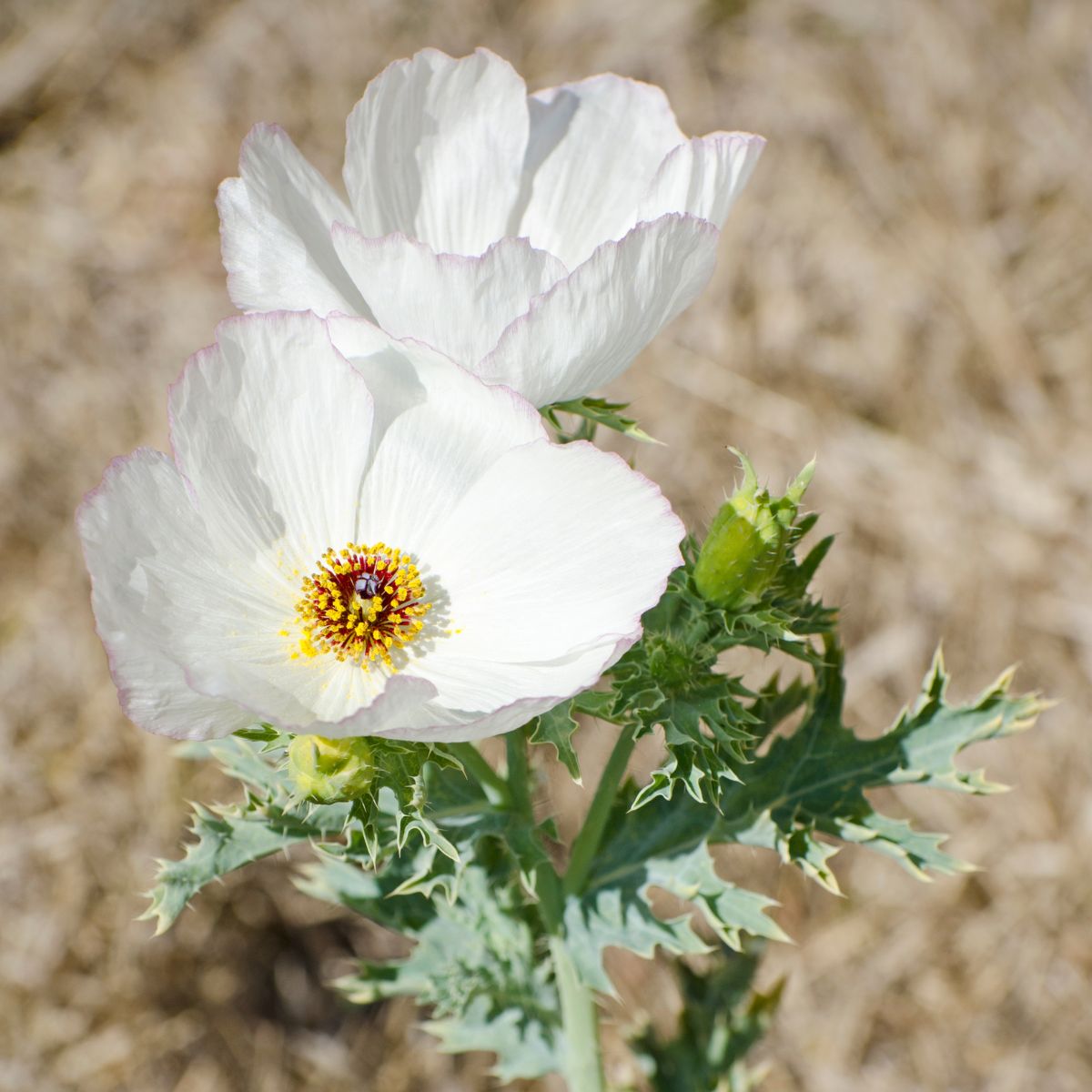
This stunning Hawaii native goes by many other common names such as Smooth Pricklypoppy, Hawaiian Poppy, and Hawaiian Prickly. It’s a perennial herb with white flowers and a sporadic flowering season. It can grow up to four feet tall, with big, showy flowers as much as three inches or more across. It’s definitely going to get attention in the garden.
In Hawaii, Pua Kala grows in dry, sunny, rocky areas. It can be found in low to moderate elevations on the sides of the islands. It can also be found in the high elevation of subalpine mountain areas.
2. Hapu’u (Cibotium spp.)
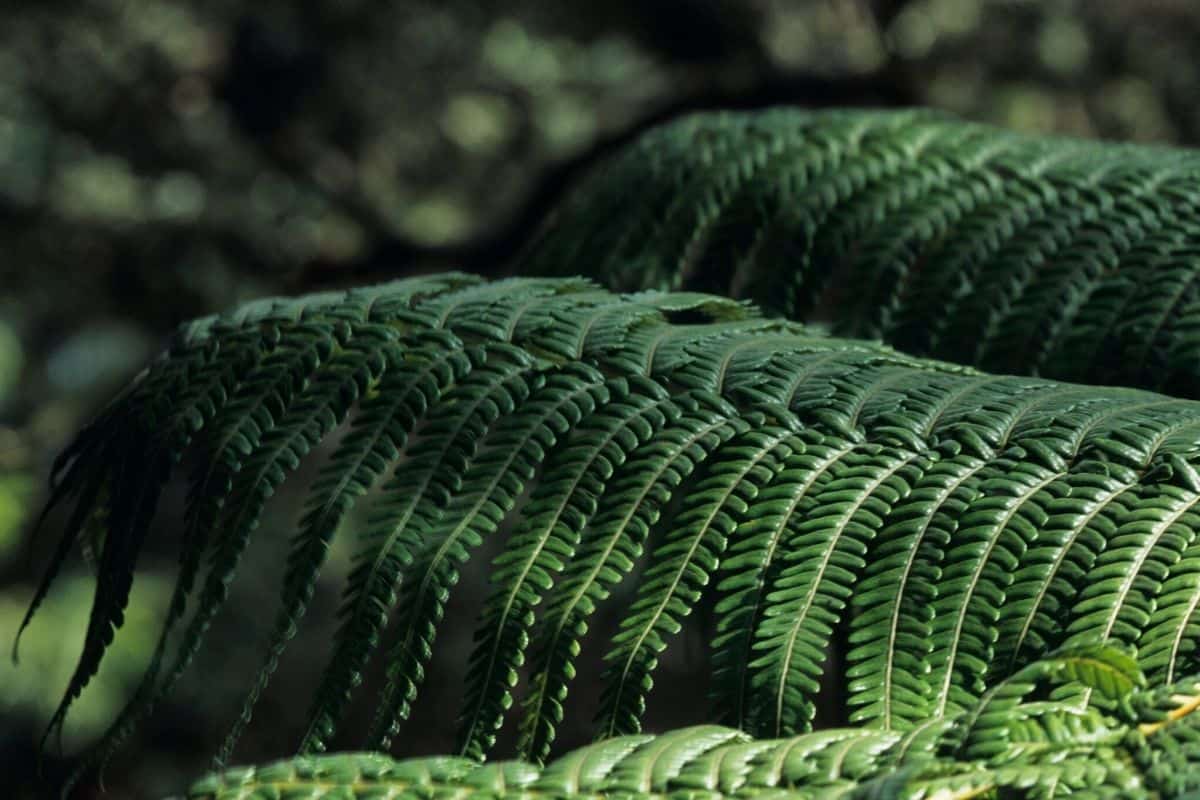
Next on our list is Hapu’u, also called the Hawaiian tree fern or manfern. It is a non-flowering tree and fern, that grows up to 23 feet in full maturity, but usually will top out shorter than that. It has large, feathery, triangle-shaped fronds. They typically grow in the understory of wet to moderately wet forests.
3. Kou (Cordia subcordata)
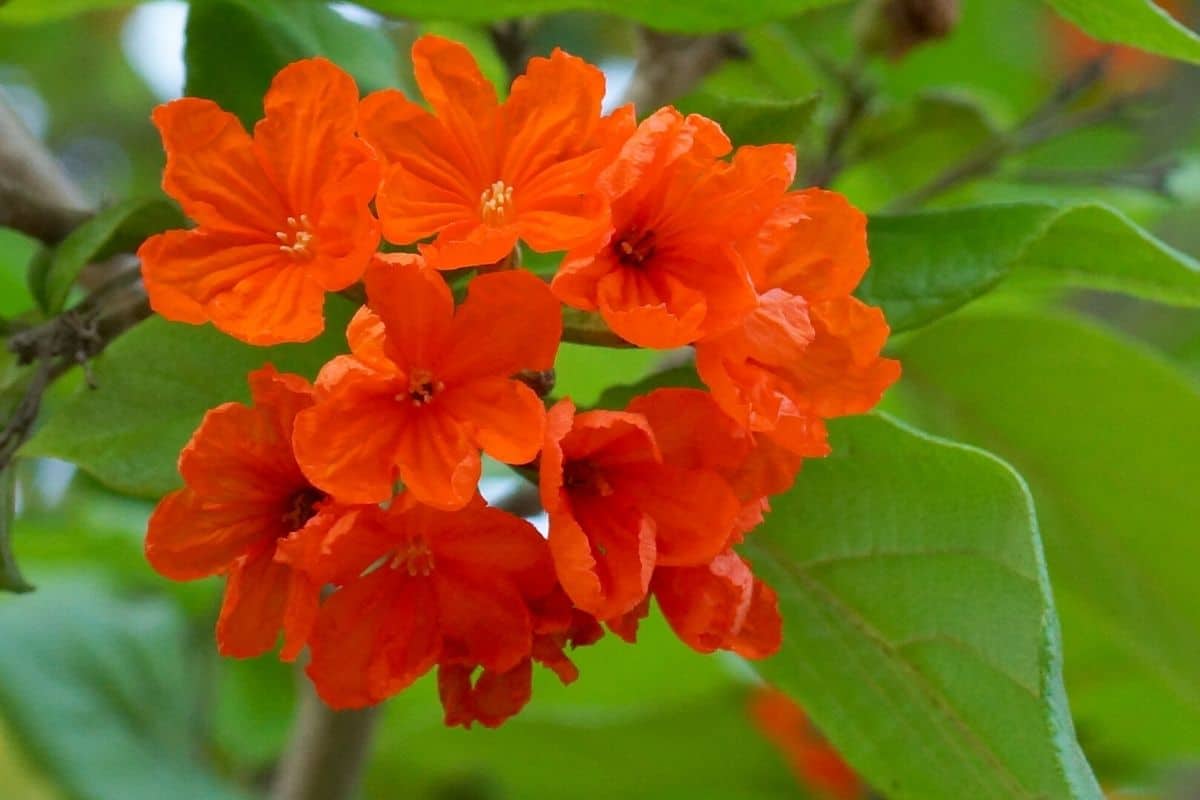
Kou is a perennial tree with beautiful orange flowers that have a distinctly tropical look. The tree can grow up to 35 feet, but it’s usually less. The individual flowers are funnel-shaped and grow from 1-2 inches across, in general. It grows in coastal areas of Hawaii and the white seeds are edible but have no recognizable flavor.
4. ‘Aiakanene (Coprosma ernodeoides)
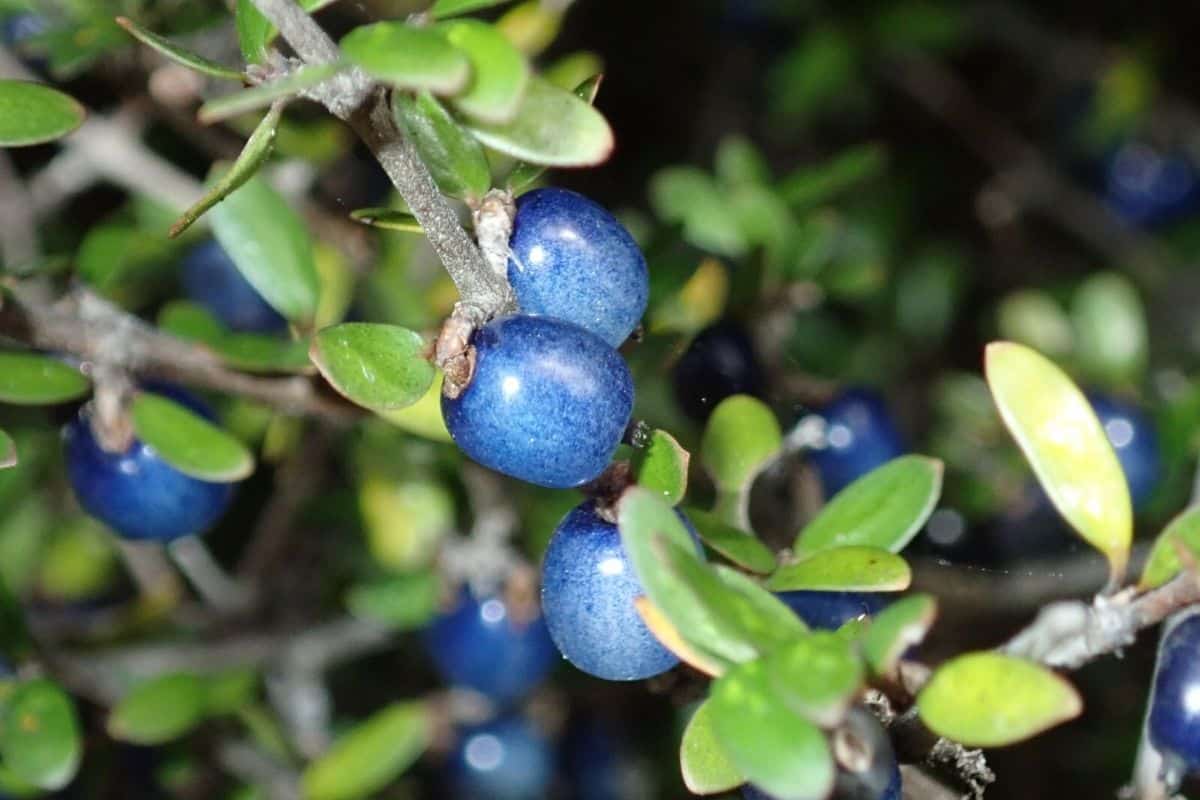
Another native Hawaii plant is ‘Aiakanene, also called Kukaenene, Punene, Black-fruited Coprosma, Nene Berry, and Nene Bush. It’s a perennial shrub with whitish to yellowish flowers. It’s small, growing only about 8 inches tall, but it trails up to 10 feet long as a vine.
5. Ma’o Hau Hele (Hibiscus brackenridgei)
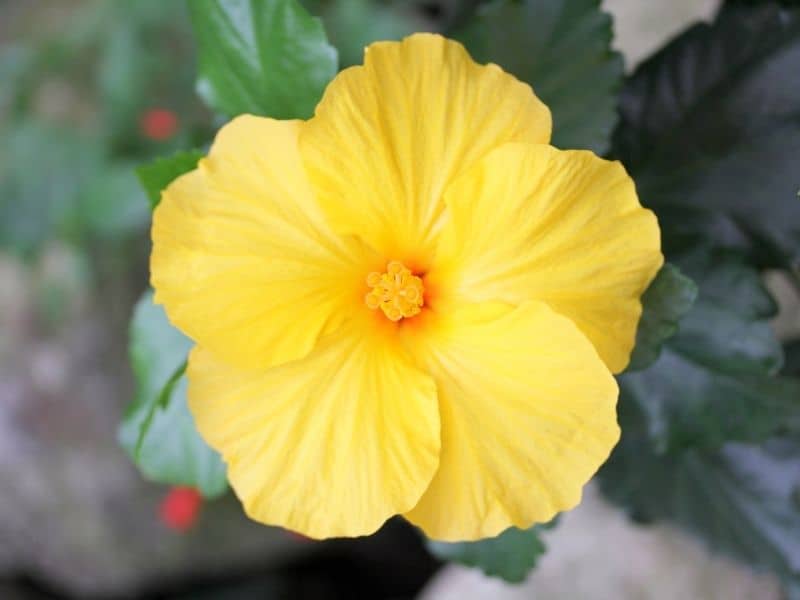
Ma’o Hau Hele is also known as Brackenridge’s Rosemallow, Native Yellow Hibiscus, and Pua Aloalo. It grows from six to 33 feet high and blooms yellow-colored flowers. These flowers can grow from 4 to 6 inches wide. It’s the official state flower for Hawaii and it grows in dry forests and shrublands in lower elevations. As the state flower, it is also legally protected by law.
6. Hinahina (Geranium cuneatum)
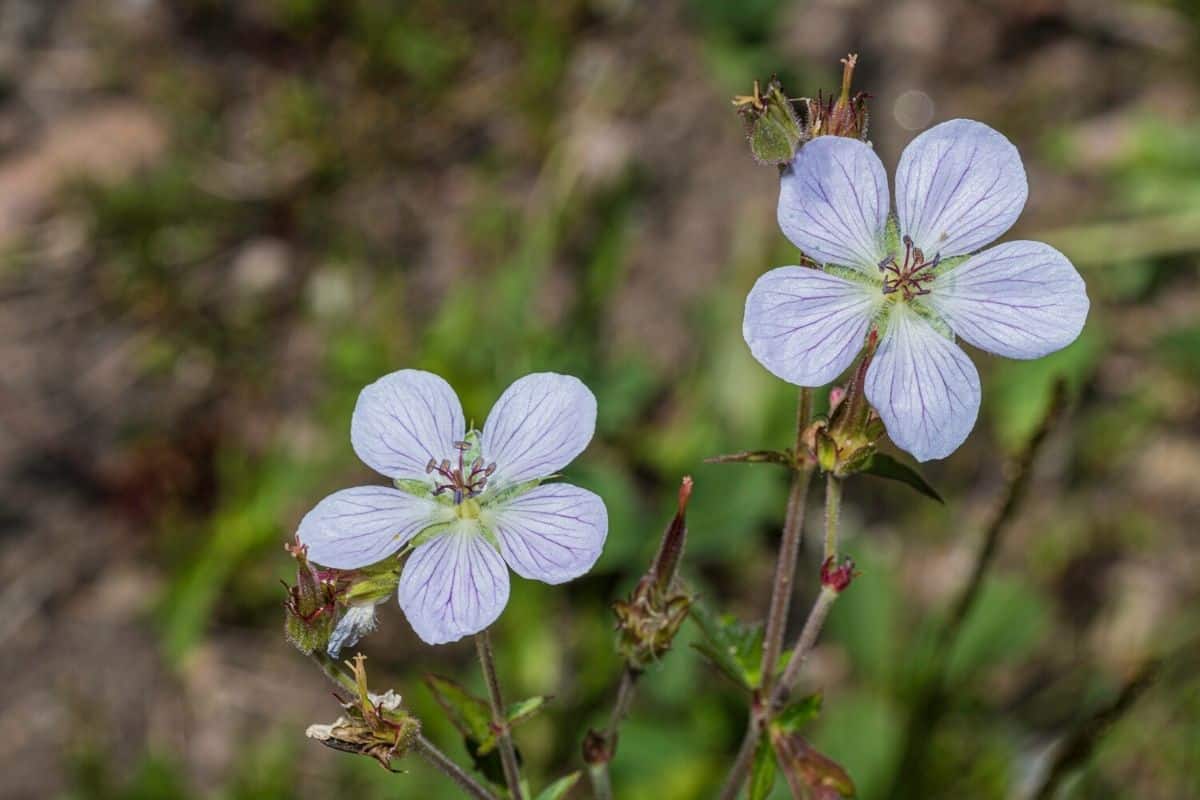
Hinahina is also known as silver geranium. It’s a perennial shrub that can grow up to 40 inches tall and it has white to yellowish cream-colored flowers.
7. Florida hopbush (Dodonaea viscosa)
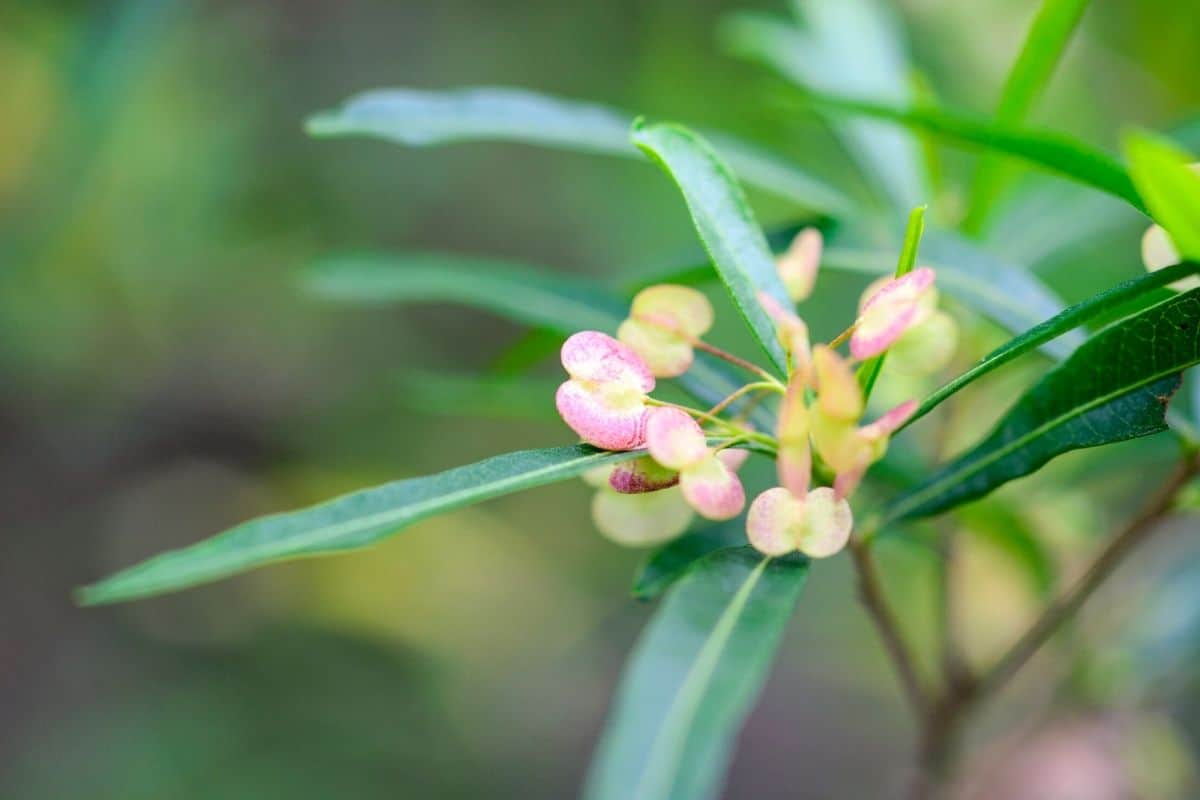
Florida hopbush is another tree/shrub with yellowish or greenish flowers that are sometimes hard to spot. They are small, pedal-less, and followed by showy, flower-like clusters of green to yellow that will ripen to pink, red, or maroon-like seed capsules. They are poisonous and should not be eaten.
This is not an exhaustive list, as there are far too many amazing native plants to this beautiful state for us to list them all here. But this is a good list to get you started. Now let’s look at some commonly asked questions on this topic.
Hawaii native plants list FAQ
Native plants are those that grow naturally in the region and were not introduced by humans. The island is bountiful, with a lot of plant and animal life to offer. There are some common questions that get asked about these indigenous plants and flowers, and where they grow, as well as other common plant questions.
What edible plants grow in Hawaii?
There are some Hawaii native plants that are edible or have edible parts. If you’re looking to plant in your garden with edible plants, it requires some additional research into which edible plants will do best in your area and soil conditions. Also, some are very expensive to maintain and may not be practical for your needs, like the coconut palm. And some, like female allspice and strawberry guava, are considered invasive to the area.
Some edible Hawaiian plants include red pineapple, breadfruit, Indian shot, papaya, Kukui, pineapple, mangosteen, bay rum, bay leaf, vanilla, rosemary, cacao, clove, and coffee. Not all of these listed are native to the state.
What is the most popular plant in Hawaii?
As you can see, there are many amazing plants native to Hawaii. But what is the most popular plant from this state? If you had to name one top flower, it has to be the hibiscus. It’s the official state flower, is seen growing just about everywhere throughout the islands, and they are often worn in leis.
How many native plants are there in Hawaii?
Hawaii has a great deal of beautiful, amazing, native plants. We were only able to touch on some of them in our post. There are actually about 1,400 plant taxa in the state of Hawaii. This includes species, subspecies, and varieties across all of the Hawaiian Islands.
What are some invasive plants in Hawaii?
Just like other states, Hawaii is also home to some invasive plant species. Some of these include:
- Bushy bluestem (Andropogon glomeratus)
- Broomsedge bluestem (Andropogon virginicus)
- Elephant creeper (Argyreia nervosa)
- Italian thistle (Carduus pycnocephalus)
- African foxtail grass (Cenchrus ciliaris)
- Satinleaf (Chrysophyllum oliviforme)
- Chinese banyan (Ficus microcarpa)
- Ginger lily (Hedychium gardnerianum)
- Thatching grass (Hyparrhenia hirta)
- Canary Islands St. John’s Wort (Hypericum canariense)
- English holly (Ilex aquifolium)
- Coast morning glory (Ipomoea cairica)
- Blue morning glory (Ipomoea indica)
- Weeping lantana (Lantana montevidensis)
Conclusion of Hawaii Native Plants
As you can see, there are so many wonderful native plants to choose from on the Hawaiian Islands. Selecting native plants for your garden and landscaping helps to keep the unique and beautiful parts of Hawaii alive. Avoid invasive plants, as they cause harm to the local ecosystem, and opt instead to choose indigenous species that help the ecosystem grow and flourish. The birds and bees will thank you, and they will be easier for you to care for too!
